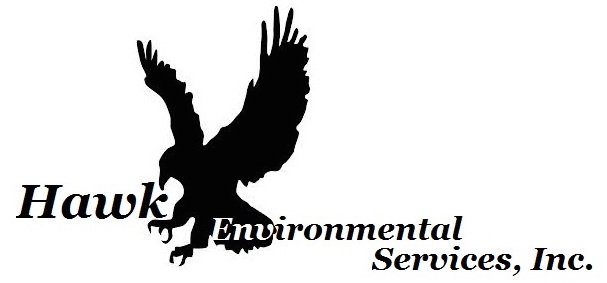Many clients become concerned that asbestos fibers or asbestos containing dust may be present in their buildings. This dust may be due to damaged materials that contain asbestos, left-over from an abatement project, or created by remodeling or demolition work. When these concerns arise, we are often asked to perform asbestos air sampling or asbestos monitoring. Below you will find some general information about how these services can be performed.
Types of air testing for asbestos fibers
Asbestos fibers in air are generally tested by one of two methods, either PCM (phase contrast microscopy) or TEM (transmission electron microscopy). These two methods are drastically different, and should be understood before the testing begins.
- Phase contrast microscopy (PCM) is a methods that measures only the total number of fibers in the air and does not differentiate between asbestos and other types of fibers. Additionally, PCM testing does not measure the smallest fibers and can miss significant asbestos hazards. We only perform this testing when we know that we are dealing with an asbestos hazard and want to roughly quantify how much is present.
- Transmission Electron Microscopy (TEM) is a method that captures even very fine fibers and reports only on those that are asbestos fibers. This method allows us to truly assess the hazards that may be present due to asbestos fibers in the air.

Asbestos air sampling
How are asbestos air samples collected?
Asbestos fibers may be floating in the air, settled in dust, or blown around by the HVAC system. For this reason it is important to understand what we are concerned with and to choose our sampling strategy accordingly. In general, our clients are calling for asbestos air sampling due to a known or potential fiber release in their home, office, or facility. To properly assess this matter we employ a version of the AHERA clearance testing methodology. We purposefully aerosolize the dust in the building, keep it moving throughout the testing period, and collect 8 hour long air samples. These samples are analyzed via TEM (transmission electron microscopy) and the levels are assessed based on the AHERA clearance guidelines.
Cost of Asbestos Air Testing via TEM and AHERA clearance method
The cost of our basic AHERA air clearance testing, in the Seattle area is $1200.00 and includes all of the following:
- Travel to job site
- Calibrate and position air sampling pumps
- Set up 5 indoor air sample
- Set up 1 outdoor air sample for baseline correction
- Agitate all dust on surfaces throughout the tested space with electric leaf blower
- Set up box fans to continue to keep potential fibers airborne
- Allow samples to run for 8 hours
- Re-calibrate pumps
- Lab analysis by transmission electron microscopy
- Final report provided in 6 business days based on AHERA clearance standards
*Additional sample numbers and expedited reporting times are available at additional cost
